In an age where personal expression and curated identity reign supreme, the resurgence of gothic aesthetics within modern lifestyle is not just a passing trend—it’s a powerful cultural statement. Once confined to the underground subcultures of the 1980s and 1990s, the gothic aesthetic has transcended its roots in music, literature, and fashion to infiltrate art, architecture, digital spaces, wellness practices, and even spirituality. From TikTok’s “gothcore” fashion tags to luxurious modern-day crypts designed for meditation, this aesthetic is evolving—and thriving.
But what is it about the gothic that continues to enchant, mystify, and define the lives of so many? This article explores the multifaceted role of gothic aesthetics in shaping modern lifestyle, blending old-world romance with shadowy rebellion and self-empowerment.
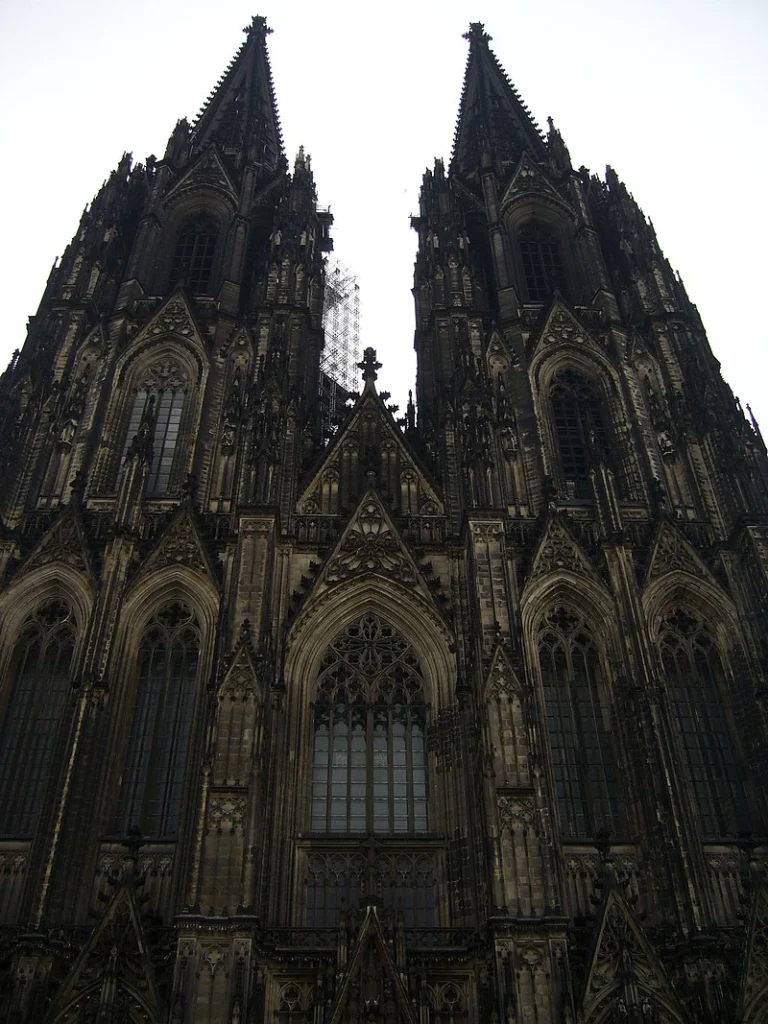
Defining the Gothic Aesthetic
The gothic aesthetic is more than black lace and eyeliner. At its core, it is an appreciation for the mysterious, the melancholic, the sublime, and the eerie. It channels themes of decay and beauty, life and death, and isolation and desire. The color palette—rich blacks, deep purples, blood reds, and metallic silvers—echoes this duality, blending elegance with edge.
Historically inspired by gothic architecture, Victorian mourning rituals, and romanticized medieval motifs, the aesthetic invites introspection. Whether expressed through cathedral spires or corseted silhouettes, the gothic is a mirror for the soul’s darker recesses—an invitation to explore beauty through sorrow, not in spite of it.
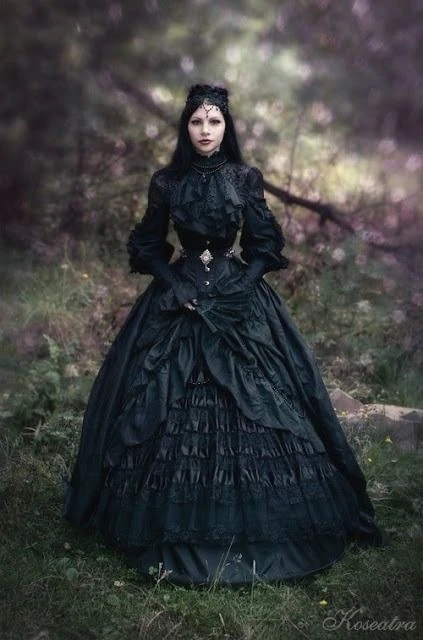
Fashion as a Gothic Identity
Modern gothic fashion is both armor and expression. It allows individuals to reclaim space in a world that often prioritizes pastel conformity and sanitized narratives. In the age of Instagram and TikTok, we see a diversity of gothic sub-styles emerge:
- Romantic Goth: Flowing dresses, chokers, velvet, and Victorian influences.
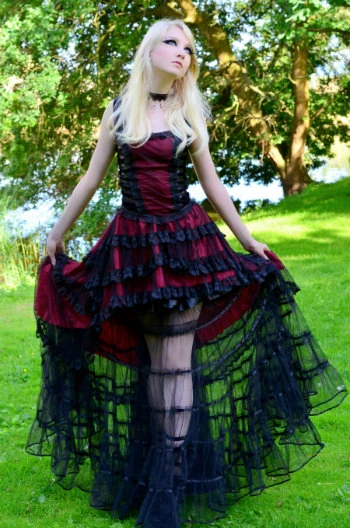
- Cyber Goth: Neon accents, gas masks, and synthetic dreadlocks—a techno-dystopian fusion.

- Pastel Goth: The duality of soft hues and dark themes—skulls in lavender.
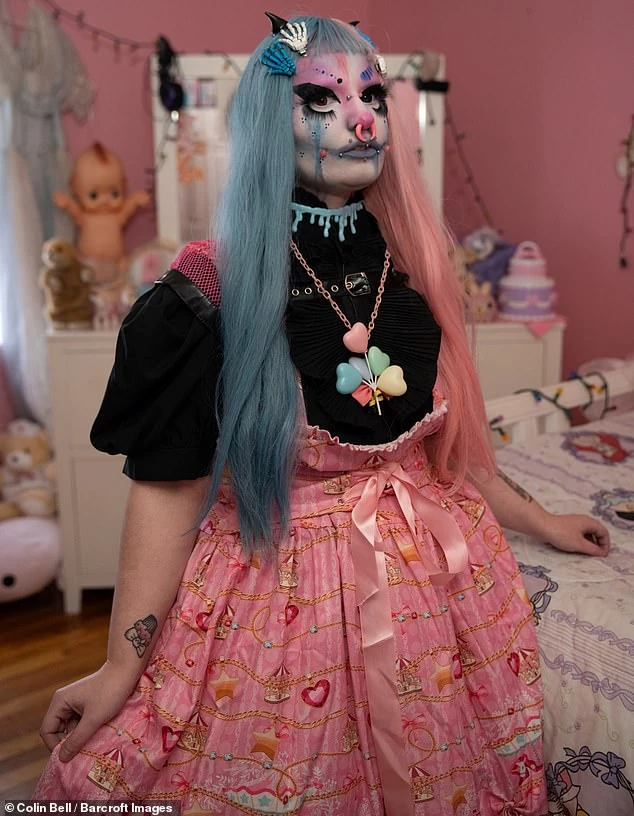
- Traditional Goth: Fishnets, leather, combat boots, and Bauhaus band tees.
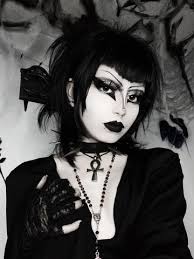
Gothic fashion creates community. Whether through online hashtags like #GothGirl or IRL meetups at gothic markets and concerts, people connect through shared visual language and ideology. These styles reflect not just aesthetic taste, but personal values—individualism, mysticism, defiance, and depth.
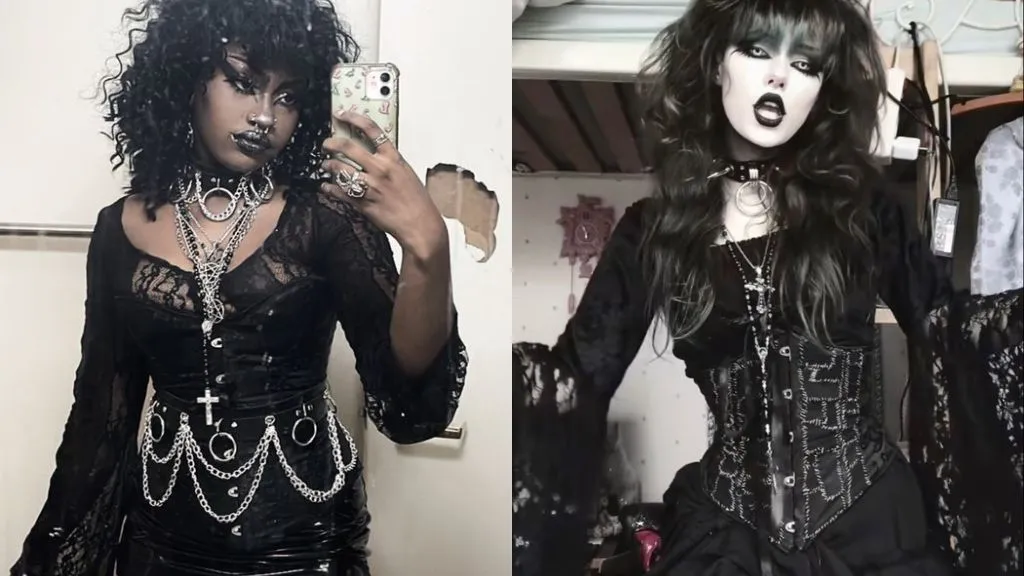
Home Design: The Rise of Gothic Interiors
Gothic-inspired home decor is growing increasingly popular, blending haunted elegance with cozy shadow. Think antique candelabras, black velvet furniture, wrought iron details, and apothecary-style kitchens. Pinterest boards are filled with inspiration for turning one’s space into a modern-day lair or enchanted forest.
Key elements of modern gothic interiors include
- Dark Color Palettes: Charcoal walls, burgundy tapestries, and obsidian tiles.
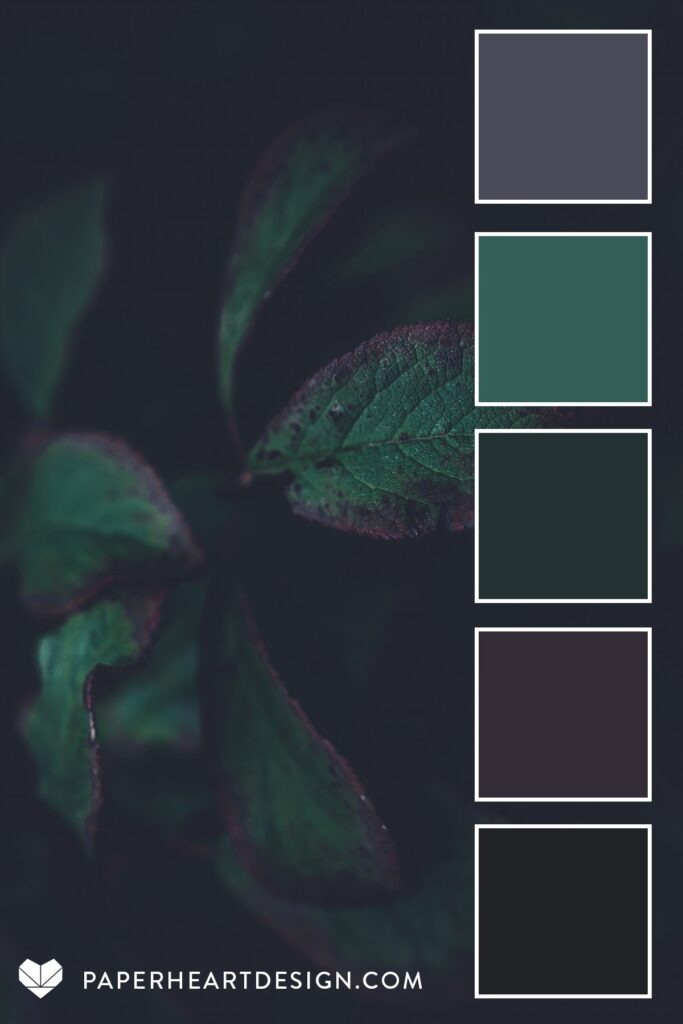
- Symbolic Decor: Skulls, ravens, mirrors, and moon phases.
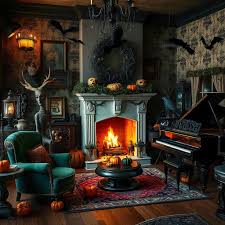
- Textural Depth: Velvet, lace, distressed wood, and oxidized metals.
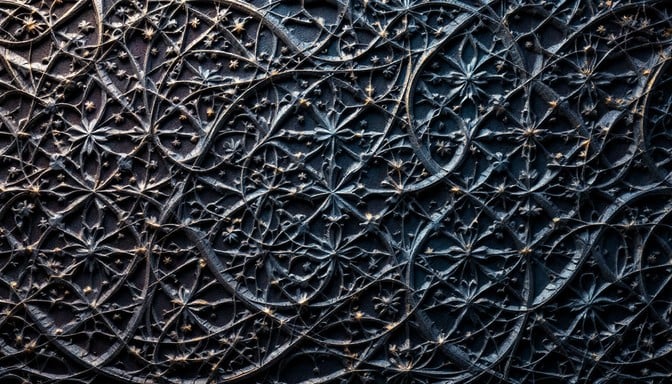
- Gothic Revival Architecture: Arched windows, cathedral ceilings, and ornamental fireplaces.
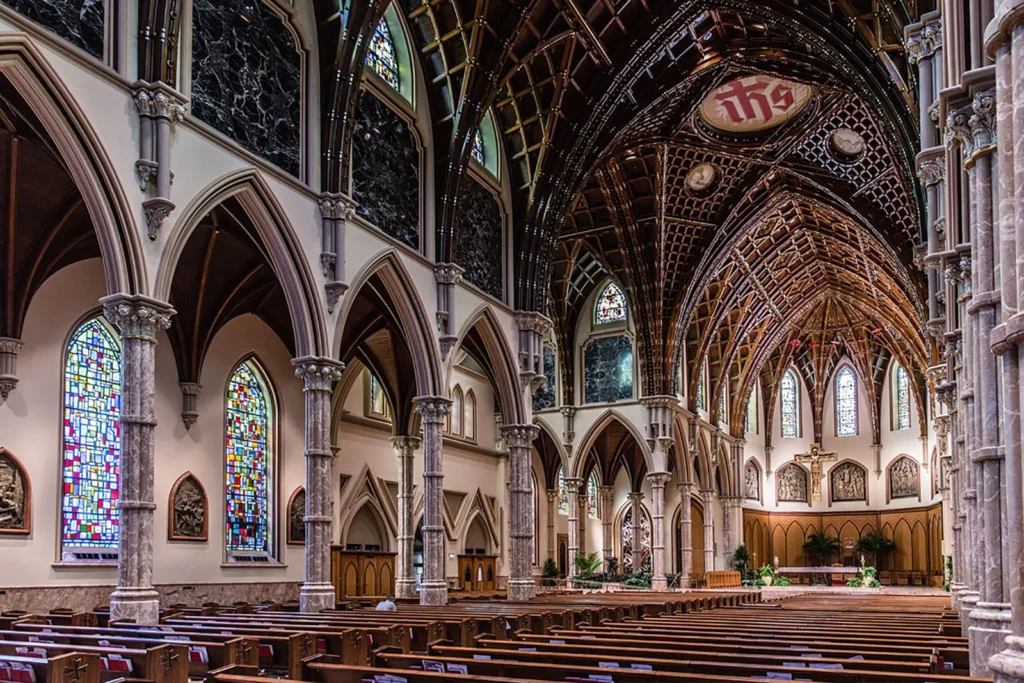
These interiors are not about morbidity but sanctuary. They provide a sacred, shadowy comfort—a womb for reflection, artistry, and ritual.
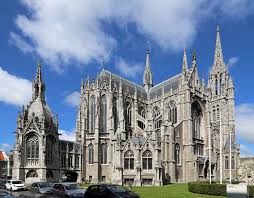
Spirituality and Occult Influences
The gothic aesthetic has long been intertwined with the occult. In modern life, this often manifests as spiritual exploration: tarot, astrology, shadow work, ritual magic, and witchcraft. Not all who embrace gothic aesthetics are witches—but many modern witches adopt gothic aesthetics.
Why? Because both paths prioritize mystery, hidden knowledge, and symbolic depth. Candles, skulls, and dark altars are not just decor—they’re sacred tools. Even the fashion (cloaks, sigils, rings) serves a spiritual function, aligning energy with intention.
Shadow work, a psychological and spiritual practice of confronting suppressed aspects of the self, also aligns seamlessly with gothic ideology. The gothic invites us not to fear the darkness within—but to learn from it.

Digital Gothic: The Internet as a Crypt of Expression
Social media has amplified gothic aesthetics into the mainstream, and yet, it has preserved its edge. TikTok users share gothic makeup tutorials under candlelight, while YouTubers craft entire vlogs around haunted house tours or dark academia book hauls.
Gothic creators on platforms like Instagram and Tumblr blend photography, poetry, and aesthetic curation. Hashtags like #GothCore, #DarkAesthetic, and #WitchyVibes serve as gathering points for the digitally dark-hearted.
Even in gaming, gothic themes flourish. Titles like Bloodborne, Castlevania, and Diablo evoke gothic architecture, monsters, and moral ambiguity, inspiring fan fanart, cosplays, and entire roleplay communities steeped in gloom and grandeur.
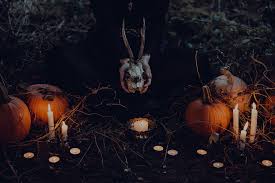
Mental Health and the Gothic Mindset
Far from promoting depression or morbidity, embracing the gothic lifestyle can offer psychological benefits. It encourages honesty about pain, the impermanence of life, and the necessity of grief. It teaches that beauty and sorrow are not mutually exclusive.
People who engage with gothic culture often report feeling more in tune with themselves. The aesthetic offers permission to explore sadness without shame, solitude without stigma, and mysticism without mockery. In a society that often demands perpetual positivity, the gothic gives voice to the silenced.
Additionally, creativity thrives in the gothic realm. From writing dark poetry to customizing clothing, painting skull motifs, or designing tarot decks, the aesthetic nurtures artistic outlets that can be deeply therapeutic.

Gothic Romance and Relationships
Romanticism is integral to the gothic lifestyle—not just in the sense of courtship, but in the way one approaches life and love. Gothic romance often emphasizes passion, mystery, tragedy, and devotion. Relationships within the gothic community often reflect shared ideals of emotional depth, symbolism, and intentional bonding.
Gothic weddings, for instance, are on the rise. Brides in black, candlelit ceremonies in abandoned churches, and vows written in calligraphy on parchment—these aren’t just stylistic choices; they’re deeply meaningful rituals of authenticity.
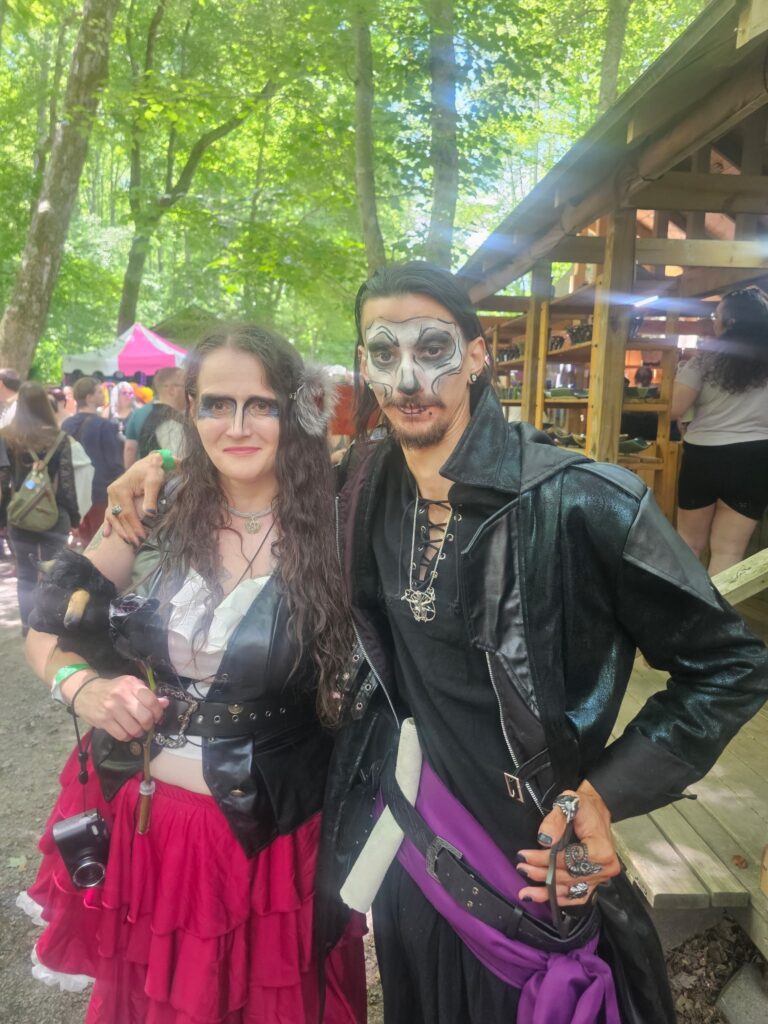
Inclusivity and Empowerment in Gothic Culture
Today’s gothic scene is far more inclusive than its early counterparts. People of all races, body types, gender identities, and sexualities are finding their place in the gothic lifestyle. From plus-size gothic fashion brands to LGBTQ+ gothic influencers, the darkness now shines with diversity.
Many marginalized people find power in the gothic aesthetic. It allows for control over one’s image, reclamation of space, and the declaration of beauty on one’s own terms. In a world where many are made to feel invisible, gothic style offers the chance to be seen—on purpose and on fire.
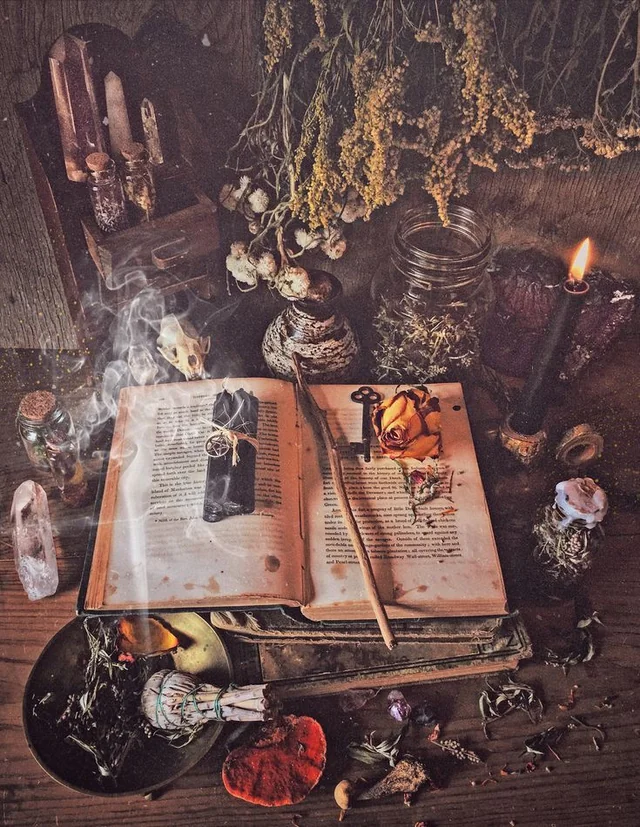
Commercialization and Authenticity
As with any subculture that gains popularity, there’s a fine line between appreciation and commodification. Fast fashion retailers have latched onto goth trends, offering watered-down versions that sometimes miss the heart of the aesthetic. However, many gothic creators have launched their own brands, shops, and Etsy stores to preserve the integrity of their art.
Supporting independent makers—those who craft handmade chokers, ritual oils, or gothic home goods—is one way the lifestyle maintains its authenticity in the face of mass-market dilution.
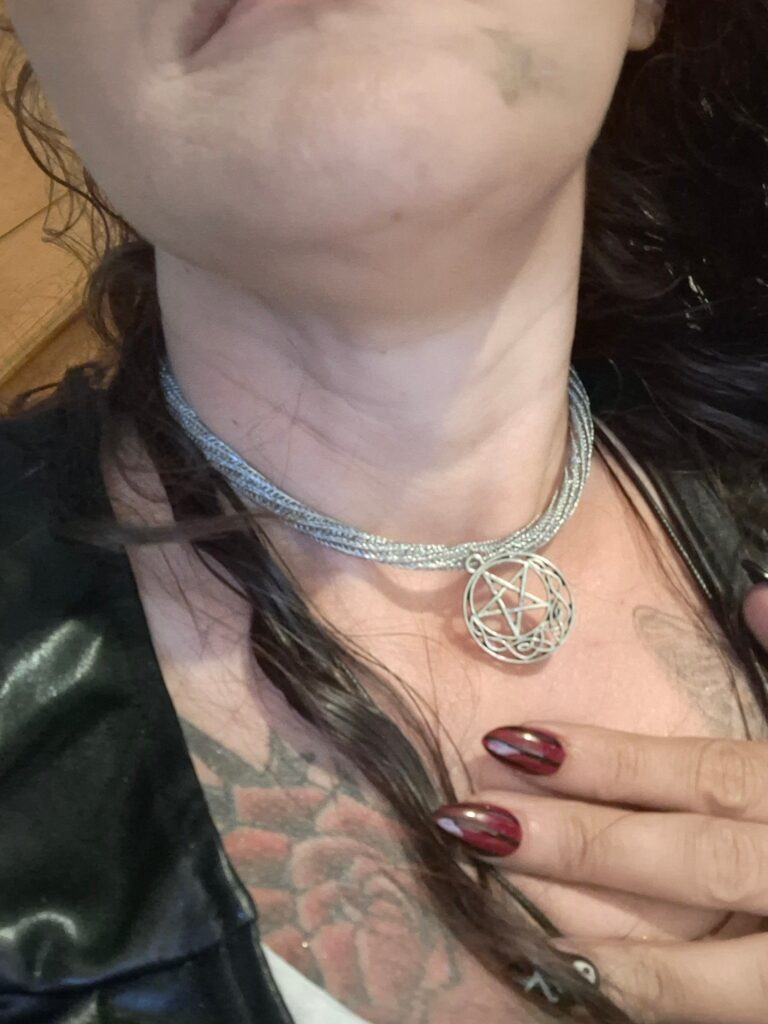
A Lifestyle That Transcends Time
The gothic aesthetic is not merely about “looking dark.” It is about living deeply. It’s about finding solace in the night, beauty in brokenness, and strength in the shadows. In a society that often demands conformity, the gothic lifestyle allows people to reclaim their narrative—on their own, haunting terms.
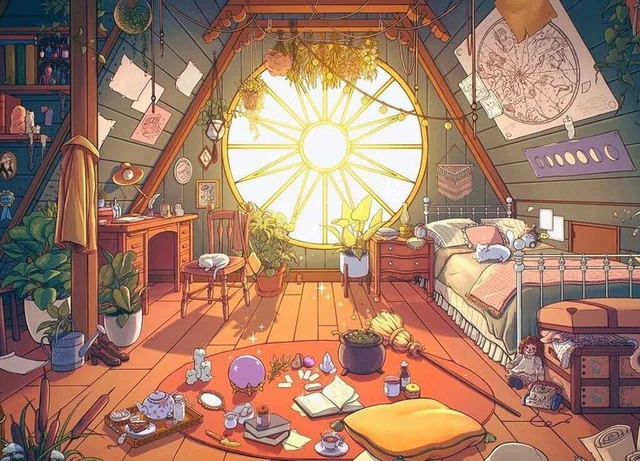
Gothic aesthetics in modern life are more than a trend—they are a legacy. A movement. A mirror. And in the candlelit corners of modern homes, in the pages of hand-bound grimoires, in the laced-up boots of the urban mystic walking alone at midnight—the gothic lives on.e impactful and memorable. A strong conclusion not only ties the article together but also inspires readers to engage further.

Leave a Reply